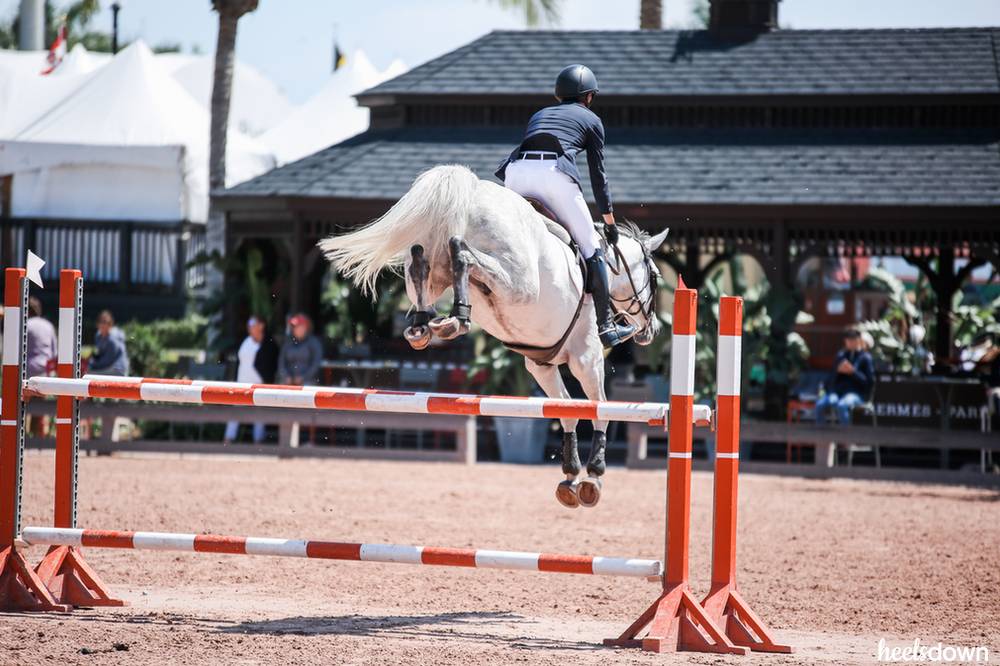Never Underestimate the Power of Instinct

Moving up. It’s a common answer when you ask just about any rider what their riding goal is. Move up to a new level. Move up to a higher fence height. Move up to a more intricate dressage test.
There are entire lists and articles dedicated to how, exactly, to make that move happen. Most level-ups require certain qualifications gained at shows. Complete a minimum number of shows or events at a lower level, with a certain score, and you’re well on your way to movin’ on up.
But what about the other, intangible elements of moving up? You can read and study all you want, planning your competition calendar according to what qualifiers you need. But what about the actual riding part of moving up?
Enter four-star event rider, Laine Ashker. During a recent clinic in Arizona, Laine taught several riders whose goal was – you guessed it – to move up in 2019.
Quick to encourage these ambitious riders, Laine assessed each with skilled eyes. The most common word of advice? Sharpen your instincts.
Like This Story? Try: Lessons From The Live Stream: Jim Wofford On Cross-Country Riding
Instinct. It’s something that isn’t talked about enough as the levels get tougher, and the challenges more technical. No matter what discipline, moving up isn’t just about ticking boxes. Instinct comes in to play as things get tougher.
Quick thinking and the ability to react quickly enough to make a difference may not be listed in the qualifications for a level, but these components are just as important.
In eventing, for example, the questions on the jump courses come quicker and are more mentally taxing. Where in a Training level course, you may have five strides to figure your life out before the next jump, at Preliminary you may only have three. In a dressage test at First Level, you may not have to think about your next movement until you get to the other side of the arena. At Second Level, you’d better have your brain functional enough to execute a new move at the next letter. And so on.
Quick thinking and the ability to react fast enough to make a difference may not be listed in the qualifications for a level, but these components are just as important.
So how do you practice this? Well, Laine says, don’t just practice what’s easy or what you enjoy doing. Rather, make it a point to practice what’s difficult for you and for your horse. Set up more challenging exercises, even if they’re simple poles or small cross-rails. Practice a new dressage test rather than the one you’ve shown in all year. Drop your stirrups.
Challenge yourself. Set up jumps or poles on related distances and practice changing the number of strides your horse takes between. Do you get in a little close to the first one? Practice reacting quickly with your leg to make those strides to the next jump rather than passively just letting the next fence come up long.
Instinct is an important part of what keeps you safe out on cross-country. It’s vital on a jumper course when things don’t go to plan. And it’s not something you can just check off a list. Rather, it’s a practiced skill, and one that can improve with experience if you continue to work on it.
It’s a new year, and many are using this time of year for fresh motivation, big goals and bigger dreams. But as you’re planning your show season or eyeing those qualifications for your move up, don’t forget those intangibles. Sharpen up your instincts instead of simply being a passenger, and don’t just rely on a list of how to get to the next level.


